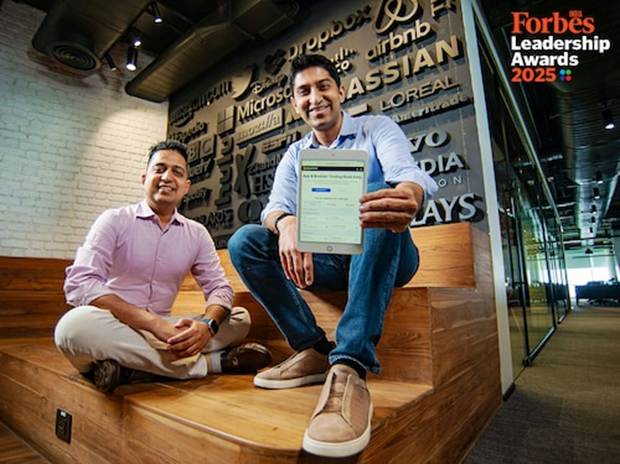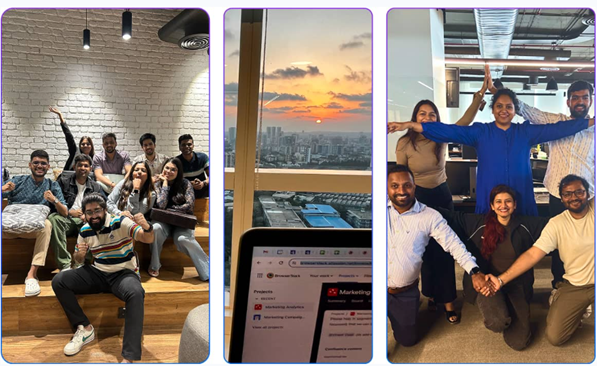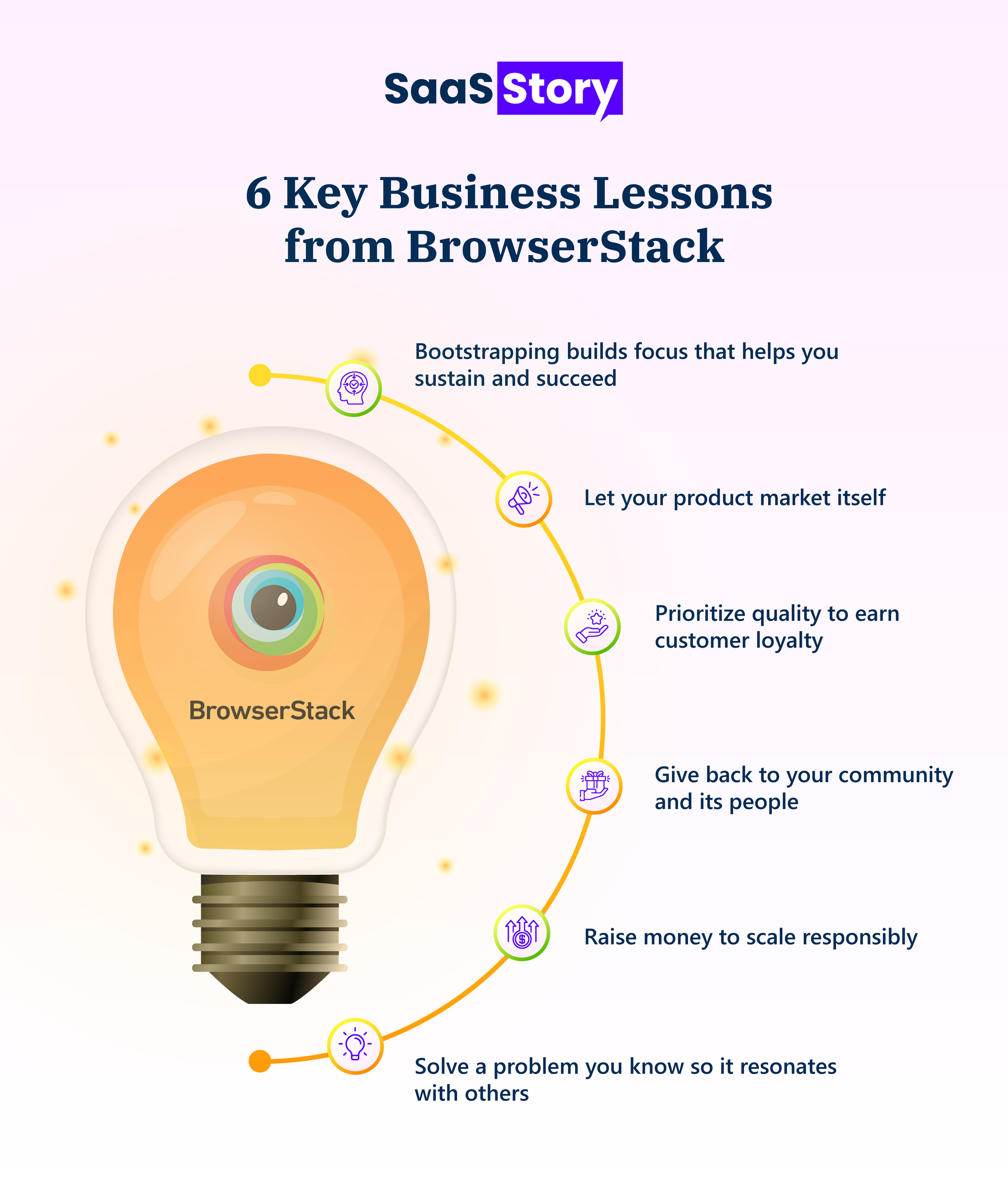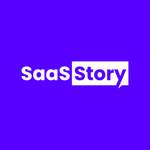BrowserStack: From Frustration to Fixes and Solving Real Problems

In 2011, two friends from IIT Bombay decided to start a tech consulting project together.
Ritesh Arora and Nakul Aggarwal built a website in two days. But it ran into trouble when tested across browsers and devices.
The reason was slow testing, which led to immense frustration among the two, especially because there was no quick way to do it. They realized this wasn’t just their problem; it was everyone’s.
So, they built BrowserStack to fix it.

Their project began as a small tool for their own use, but it soon expanded.
By 2012, BrowserStack had already added its first 1,000 paying customers. Over the years, the duo built Automate, App Live, Percy, and more, including accessibility testing and low-code automation, to help developers avoid waiting on setups.
They cracked profitability early, which was followed by further growth: a $50 million Series A in 2018, and a $4 billion valuation by 2021.
Today, BrowserStack supports millions of tests every day, with enterprises like Microsoft, Amazon, NVIDIA, Tesco, and Shell putting their trust in it. The company is headquartered in Mumbai with other offices in San Francisco, New York, and Ireland.
This story, however, isn’t about fancy launches or overnight popularity. It’s about two engineers who saw something was broken and decided to fix it.
Introducing BrowserStack: What It Can Do
At its simplest, BrowserStack is a cloud-based testing platform.
It is widely used by developers and QA teams to test the functioning of websites and mobile apps across real devices, browsers, and operating systems.
The tool essentially eliminates the need for developers to build their own testing labs.
It also gives access to thousands of real devices and browsers on demand. All you need to do is log in and start testing. There is no need for hardware or setup.
Wondering how BrowserStack helps?
It can:
- Test web apps via “Live” (interactive) or “Automate” (scripts), and mobile apps via “App Live” (manual taps) or “App Automate” (written tests).
- Cover thousands of real Android and iOS models, and not just emulators. This way, you can see how your app or site actually behaves in real situations.
- Emulate real user conditions, including network types, geolocation, and real device context. It can also integrate with popular CI/CD systems like Jenkins, GitHub Actions, and others.
- Employ debug tools like logs, video playback, and screenshots to help you fix bugs fast.
With increasing support from AI, BrowserStack blends test reporting, visual testing, accessibility checks, and frameworks to reduce tool-switching and shrink testing costs.
Let’s come to the name of the tool: BrowserStack.
It is a simple, honest dedication to the tool the duo has developed: a “stack” of browsers ready to use. It may not be fancy, but it is exactly what they needed to solve their problem.
Why does this tool matter? Imagine not owning an iPhone or Android device, but needing to test your app on them. Or being under a deadline, and spending hours on setup instead of coding.
With BrowserStack, you can skip all of that and get instant access to tests right within your browser. You can catch bugs and immediately deploy corrective measures.
This can save developers’ time and serve as a practical solution.
Navigating the Business and Its Challenges

Breaking into the SaaS testing market was anything but easy for this self-funded Indian startup.
At that time, developers relied on local setups, expensive enterprise tools, and many were wary of shifting testing into the cloud.
So basically, Ritesh and Nakul weren’t only launching a product, they were asking developers across the world to change established habits.
A big technical hurdle was scaling the infrastructure while keeping performance steady.
BrowserStack’s promise was simple: run live browser sessions from anywhere, without problems.
To make this possible, the team had to build a global cloud network strong enough to handle thousands of parallel sessions on different browsers and devices, while keeping lag and crashes at bay.
Gaining credibility was another thorn in the side. Getting developers in large companies to trust a small, little-known startup from India was difficult.
They had no brand reputation or visibility to work with. So, they went with proof.
The team emphasized performance, stability, and user support. Security became a core value, and reliability became their selling point.
Over time, satisfied users spread the word and built trust where marketing could not.
BrowserStack grew through these challenges by sticking to its own approach. It did not copy rivals or try to outspend them.
Rather, it focused on building a cleaner, faster, and more practical solution. By keeping developers at the center and executing with precision, the company turned early skepticism into widespread acceptance.
Unlocking Growth and Coming into Their Own
BrowserStack’s rise shows how a product can grow on its own strength.
In a market where visibility is often bought with large ad budgets, this company chose another path. In the early years, it spent nothing on paid marketing.
Instead, it relied on word-of-mouth.
Developers who liked the platform recommended it in online communities, on sites like Stack Overflow, and within their own networks.
This peer validation gave BrowserStack credibility far faster than traditional campaigns could.
A key driver of early traction was the freemium model.
Developers could test the platform without cost, see its value firsthand, and then adopt it more widely. The ease of use, clear design, and reliable performance encouraged teams to stay.
By 2015, just four years after launch, BrowserStack was in use across more than 135 countries and had found its way into the workflows of major global tech companies.
But the most defining shift came in 2018, when the company raised $50 million in Series A funding from Accel, a leading venture capital firm.
This move was significant because BrowserStack had been bootstrapped for seven years. During this time, Ritesh and Nakul kept the company lean, refining the product and learning directly from users without being swayed by investor demands.
The funding was not the start of growth, but its acceleration. BrowserStack used the capital to scale infrastructure, expand data centers globally, and add new products.
One important step was acquiring Percy, a visual testing platform, which expanded its reach into automated and continuous testing. This shift aligned the company with the needs of DevOps teams worldwide.
Today, BrowserStack makes a whopping $204 million in revenue and has reached a $4B valuation!

A Quick Timeline of BrowserStack’s Milestones
Let’s go back to the start and track BrowserStack’s journey so far.
2011: BrowserStack emerged from Beta and became publicly available.
2012: The platform reached its first 1,000 paying customers in under six months.
2013: Introduced Automate, enabling cloud-based testing with JavaScript and Selenium.
2014: Grew to a team of 50 employees.
2015: Rolled out its Global Device Cloud, expanding browser and mobile coverage.
2017: Launched App Live and App Automate, extending manual and automated testing to mobile apps.
2018: Raised $50 million in Series A funding from Accel and opened a North American headquarters.
2020: An eventful year
- Acquired Percy, a visual testing platform, integrating visual reviews into the testing stack.
- Expanded to 15 global data centers.
- Debuted the developer event “Breakpoint,” drawing 10,000 participants from 155 countries.
2021: Another memorable year
- Closed $200 million in Series B funding at a $4 billion valuation.
- Joined the Forbes Cloud 100 list again.
- Reached 800 employees and transitioned to a remote-first structure.
- Acquired Nightwatch.js, an open-source automation framework.
2022: More achievements
- Launched BrowserStack Champions and Women@BrowserStack, programs highlighting community leadership and inclusion.
- Earned the SaaSBOOMi Startup of the Year, hit the $100M ARR “Centaur” milestone, and achieved a STAR Level 2 security attestation from CSA.
- Surpassed 1,000 employees and hosted the first QA Leadership Summit.
2023: Released Nightwatch v3 and landed on Forbes Cloud 100 for the third consecutive year.
2024: The milestones continued all year
- Added App Accessibility Testing, Low-Code Automation, and Test Management to its offerings.
- Acquired Bird Eats Bug (Bug Capture), enhancing bug reporting and capture workflows.
- Named to Forbes Cloud 100 for the fourth time.
2025: Acquired Requestly, an HTTP-interception and API-mocking tool, to boost developer productivity and AI-powered test flows.
Today, BrowserStack boasts:
- 6 million developer sign-ups
- 1 billion tests per year
- 19 global data centers
- 1000+ employees
- 3500+ real devices and browsers
It is trusted by more than 50,000 customers globally, including Microsoft, jQuery, RBS, Discovery, Wikimedia Foundation, and more. Its revenue is in the “ballpark of $225 million,” according to Ritesh.
Awards and Recognition
Over the years, BrowerStack has made a name for itself worldwide. Let’s have a look at some of their most notable achievements.

Six Business Lessons from BrowserStack’s Journey

BrowserStack’s story isn’t just about building random software, but creating something that actually matters. There are lessons here that any entrepreneur can take to heart.
Solve a problem you know.
The idea for creating BrowserStack came from a frustration Ritesh and Nakul faced themselves. Testing across devices and browsers was slow and messy. They built a tool to fix their own problem, and it turned out millions of others had the same pain. When your product comes from lived experience, it resonates naturally.
Let the product speak for itself.
The founders chose not to spend money on flashy ads. Instead, they grew because of the people who actually used their product. Developers shared it with their teams, posted about it on forums, and recommended it to peers. The product itself became the marketing engine.
Bootstrapping builds focus.
BrowserStack ran lean for seven years. That pressure forced them to prioritize what mattered, i.e., factors like features, stability, and user experience. Without investors breathing down their necks, they could iterate carefully, refine the platform, and really understand what users needed.
Invest in people and community.
They didn’t just sell a tool, but they gave back to the community through hackathons, tutorials, and open-source support. They essentially built trust before selling anything. As a result, developers didn’t just adopt the platform; they became advocates for BrowserStack.
Stay focused on quality.
The founders knew that when it comes to live testing, even milliseconds matter. Any lag or crash could turn users away. BrowserStack made speed and reliability non-negotiable. That focus turned early skeptics into loyal customers.
Raise money when it counts.
When they took $50 million from Accel in 2018, it wasn’t because they needed cash. The funds were directed towards accelerating infrastructure, expanding products, and scaling responsibly. It was a case of good timing!
The takeaway? Solve real problems, focus on quality, earn trust first, and scale deliberately. BrowserStack shows that growth need not be loud. But it does need to be smart, steady, and rooted in real value.
Wrapping Up
BrowserStack’s story shows how solving a real problem can help a small company grow exponentially. It was the frustration and curiosity of two IIT engineers that sowed the seed of BrowserStack. To find solutions, they focused on their users’ pain points, built carefully, and learned from every challenge.
Their persistence paid off when developers around the world began to rely on their product. All in all, BrowserStack is built on understanding, patience, and doing the work that actually matters. And sometimes, that’s all it takes to make a lasting impact!
Subscribe to our newsletter.
Be the first to know - subscribe today

